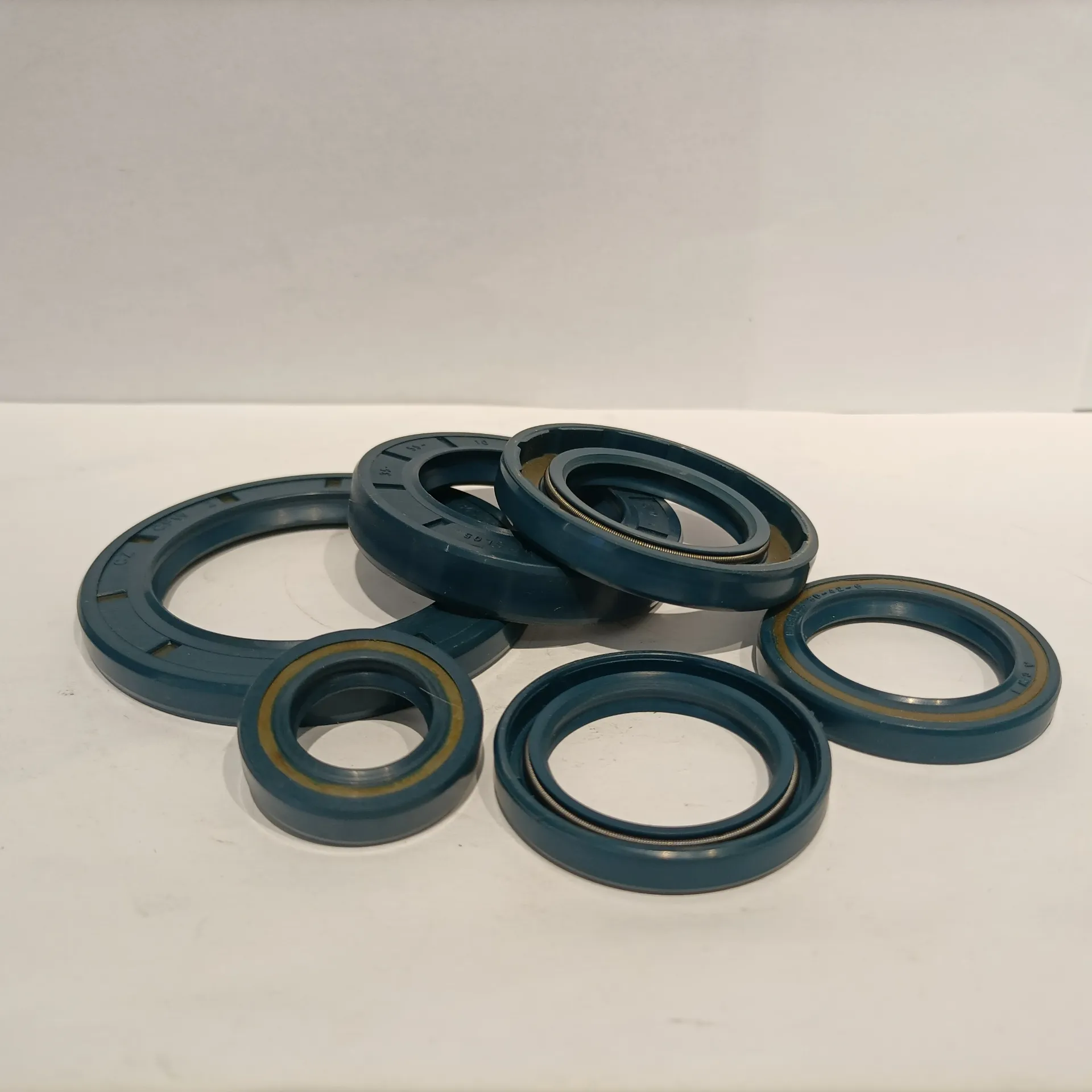Νοέ . 06, 2024 02:06 Back to list
High Temperature O-Ring Kits for Enhanced Sealing Solutions in Extreme Conditions
High Temperature O-Ring Kits Ensuring Reliability in Extreme Conditions
As technology and industry advance, the demand for components that can withstand extreme conditions is increasing. One such essential component is the O-ring, particularly those designed to operate in high-temperature environments. High temperature O-ring kits play a crucial role in ensuring the reliability and efficiency of various systems across multiple industries. This article explores the importance, applications, materials, and maintenance of high-temperature O-rings.
Understanding O-Rings
O-rings are simple, yet vital, mechanical components used to create seals between two or more parts. They are typically made from elastomeric materials and come in various sizes and shapes. Their primary function is to prevent the leakage of fluids and gases, thus ensuring system integrity. In standard applications, O-rings can effectively seal under moderate temperature and pressure. However, when the operating conditions exceed these limits, particularly in terms of temperature, specialized O-ring kits become necessary.
Importance of High-Temperature O-Ring Kits
High temperature O-ring kits are essential for applications that experience elevated temperatures, which can degrade standard O-ring materials. The use of high-temperature O-rings ensures that the seals maintain their integrity, resilience, and performance, even in extreme environments. They are designed to withstand temperatures typically above 300°F (150°C) and can tolerate the harsher conditions found in many industrial processes.
The significance of these kits extends beyond mere performance; they also contribute to safety. In critical applications such as aerospace, automotive, and oil and gas, failure of O-rings can lead to catastrophic consequences. High temperature O-ring kits are engineered to reduce the risk of failure due to thermal degradation, ensuring reliable sealing for extended periods.
Materials Used in High-Temperature O-Rings
The effectiveness of high temperature O-rings largely depends on the materials used to manufacture them. Common materials include
1. Fluorocarbon (Viton) Known for its excellent thermal stability and resistance to chemicals, Viton is one of the most popular materials for high-temperature applications. It can withstand temperatures up to 400°F (204°C) and is suitable for a wide range of fluids, including oils and fuels.
2. Silicone This material offers good temperature stability, withstanding up to 500°F (260°C). Silicone O-rings are often used in applications involving food processing and pharmaceuticals due to their compliance with FDA standards.
3. Polyurethane Polyurethane O-rings can handle high temperatures and possess superior abrasion resistance. They are often selected for applications where mechanical wear is a concern.
4. PTFE (Teflon) While not a traditional O-ring, PTFE is often used in O-ring seals for its exceptional thermal and chemical resistance. It can tolerate temperatures up to 500°F (260°C) and is often utilized in aggressive chemical environments.
high temperature o ring kit

Selecting the right material for a high-temperature O-ring is critical, as it directly impacts the longevity and reliability of the seal under specific operational conditions
.Applications of High-Temperature O-Ring Kits
High-temperature O-ring kits find applications across various industries, including
- Automotive Engine components, transmission systems, and fuel systems often require O-rings that can withstand high temperatures generated during operation. - Aerospace O-rings used in aircraft engines and hydraulic systems must endure extreme temperatures and pressures while ensuring safety and performance.
- Oil and Gas Exploration and drilling involve high-pressure and high-temperature environments, necessitating reliable sealing solutions to prevent leaks and ensure operational integrity.
- Manufacturing High-temperature processes in manufacturing, such as injection molding and extrusion, require O-rings that can withstand heat without failing.
Maintenance and Best Practices
To ensure the longevity and performance of high-temperature O-ring kits, regular maintenance and best practices should be followed
1. Inspection Regular inspections should be conducted to identify any signs of wear, degradation, or damage. Early detection can prevent costly failures.
2. Proper Installation Ensure that O-rings are installed correctly to avoid excessive stress or damage during assembly.
3. Environment Considerations Be mindful of the operating environment, including exposure to chemicals or extreme temperatures, and select O-rings accordingly.
In conclusion, high temperature O-ring kits are indispensable in many industries, providing essential sealing solutions in extreme conditions. Their ability to ensure system integrity and safety makes them a critical component of modern technology and industrial processes. Choosing the right materials and maintaining these seals are paramount to their performance and reliability, ensuring seamless operations across diverse applications.
-
TCN Oil Seal Metal Ring Reinforcement for Heavy Machinery
NewsJul.25,2025
-
Rotary Lip Seal Spring-Loaded Design for High-Speed Applications
NewsJul.25,2025
-
Hydraulic Cylinder Seals Polyurethane Material for High-Impact Jobs
NewsJul.25,2025
-
High Pressure Oil Seal Polyurethane Coating Wear Resistance
NewsJul.25,2025
-
Dust Proof Seal Double Lip Design for Construction Equipment
NewsJul.25,2025
-
Hub Seal Polyurethane Wear Resistance in Agricultural Vehicles
NewsJul.25,2025
-
The Trans-formative Journey of Wheel Hub Oil Seals
NewsJun.06,2025
Products categories
















